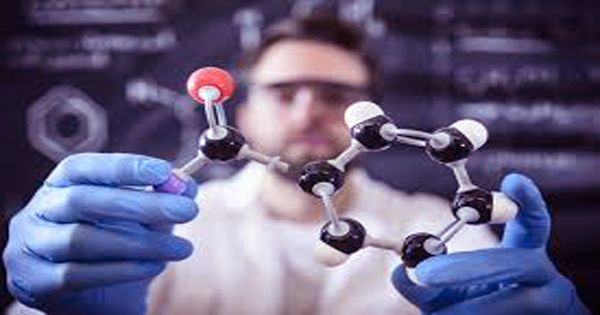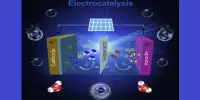Hydrogen has the simplest atom, with only one proton and one electron, followed by the isotope deuterium, which also has the same pair and neutrons.
So when a hydrogen atom combines with a molecule made of hydrogen and deuterium and replaces deuterium H + HD → H2 + D in chemistry notation, there are not many moving parts – three protons, three electrons, and neutrons. Compared to most chemical reactions, it is as simple as it gets. As a result, the feedback has been intensely studied as a gateway to further complications.
A team from the Dalian Institute of Chemical Physics reported in Science that a kind of quantum interference occurred during this reaction. This has not only been omitted in previous studies of hydrogen/deuterium displacement, it has never been seen before.
Scientists thought that despite all the complexity and strangeness involved with quantum mechanics, they had at least a good understanding of the general chemical reactions involving electrons and protons. Further investigation has shown that this is not actually the case, confirming the veracity of this neutral observation of physicists that reality will always make you strange no matter how strange you think quantum behavior is.
The hydrogen atom that arrives in the first method is involved in the collision with the hydrogen part of the molecule and it splits and the two close together. In the second case, the incoming atom forms a bond between the existing hydrogen and deuterium atoms, causing it to build up inside itself. The authors report that when they crossed a beam of another hydrogen atom with a hydrogen/deuterium molecule, hydrogen could displace deuterium in two different ways.
One can think of this as a single person who wants to break up a couple and marry a partner. Before jailed girlfriends know what is happening, they can kick one of their partners off their feet. Alternatively, interloper may remain in the vicinity of creating stress in the relationship until the previous intimacy is loosened and instead they can form a new bond.
In a classical, this is a non-quantum situation, one or the other of these would happen. However, the focus of quantum mechanics is that sometimes particles can do two seemingly incompatible things at once, the most famous being a photon going through two separations simultaneously. We know that this happened when the two states were interfering with each other.
The incoming hydrogen atom displaces deuterium at once in both ways (although the first method was dominant). Professor Xueming Yang and colleagues made some very similar observations. The waveform created by different methods interferes with itself, creating distinct oscillations in the newly formed molecules that the researchers found to have occurred in both cases. And you thought your love life was complicated.














